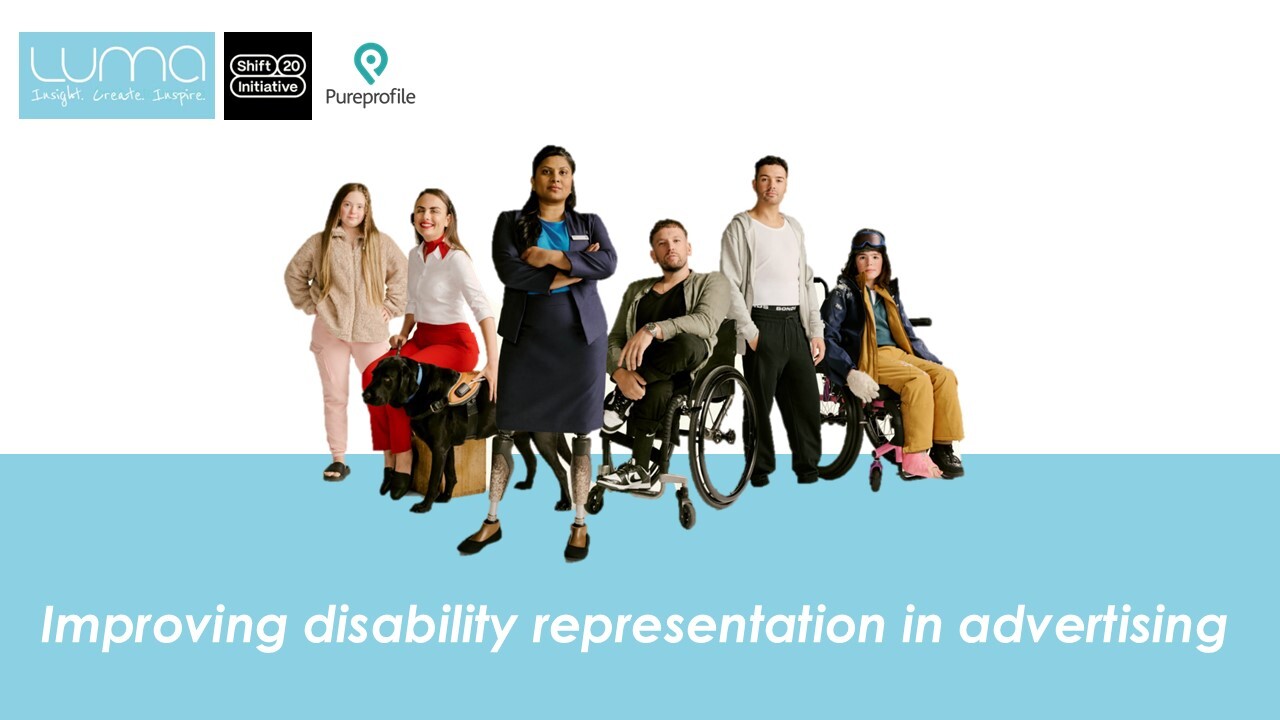There have been a lot of opinions thrown around about Australia’s Vaccination Campaign and what Australia should be doing to convince people to get the jab. But for all the publicity, we haven’t seen a lot of actual data. Luma wanted to put some statistics into the fold to see what was really happening in the Australian vaccination rollout. Australia’s Vaccination Ad has been heavily critiqued as lacklustre compared to international campaigns. A new vaccination campaign has just been announced to launch in July to target younger audiences to try to incentive young Australians to join the rollout. We wanted to know what ads actually work, and why Australians appear to be hesitant towards getting a jab.
We ran four ads through our add+impact® creative testing platform to see which ones were effective and why. These ads were tested among their respective countries with a national representative sample. Add+impact® metrics are scored out of 10 with 6 being the proven benchmark for an effective ad.
UK – Elton John and Michael Caine
The UK’s vaccination ad took a comical approach and featured big-name celebrities Elton John and Michael Caine. It scored incredibly well in our humour (7.8) and casting (7.3). This was perfect for the UK audience, with 61% of respondents saying they want to see ads that make them laugh during the pandemic. Almost two-thirds of those still to be vaccinated said they would after seeing the ad.
NZ – ka Kite, COVID
New Zealand’s ad grabbed people’s attention and was extremely relatable (7.6 for relevance). People could see themselves as people who would get the vaccine (8.5 for affinity with the vaccine). People felt extremely positive and happy throughout the ad and we know positive feelings are the strongest driver for follow-through. This ad was especially effective amongst young people with almost 60% of 18–34-year-olds saying they would get the jab after seeing this ad!
US – It’s Up to You
The US provoked the strongest positive feelings towards the vaccine. Sport and national pride were extremely relatable (8.2) and persuasive (8.1). People aligned themselves with what the ad was saying and it provoked extremely strong emotions of empathy (9.5). Once again, the positive emotions connected well with you people, with 60% of 18-44s saying they would get the jab.
AUS – Stay Informed Ad
https://www.youtube.com/watch?v=0OcgpwnQegg
The Australian ad performed weakest across the board. It wasn’t engaging nor did it drive many emotions. While it was clear and to the point, people didn’t feel very motivated to act on it. Only 41% of people who saw it (who haven’t already been vaccinated) would go and get the jab. This was as low as 30% for 18-34-year-olds!
We know that Australians don’t feel like the vaccination is particularly urgent. To solve this issue, we think using travel as the focus for future vaccine advertising would excite Australians about getting vaccinated. Successful advertising also needs to be filled with strong positive emotions like empathy and joy to encourage positive feelings towards vaccination.
For more insights, blogs, and free case studies visit our website!



